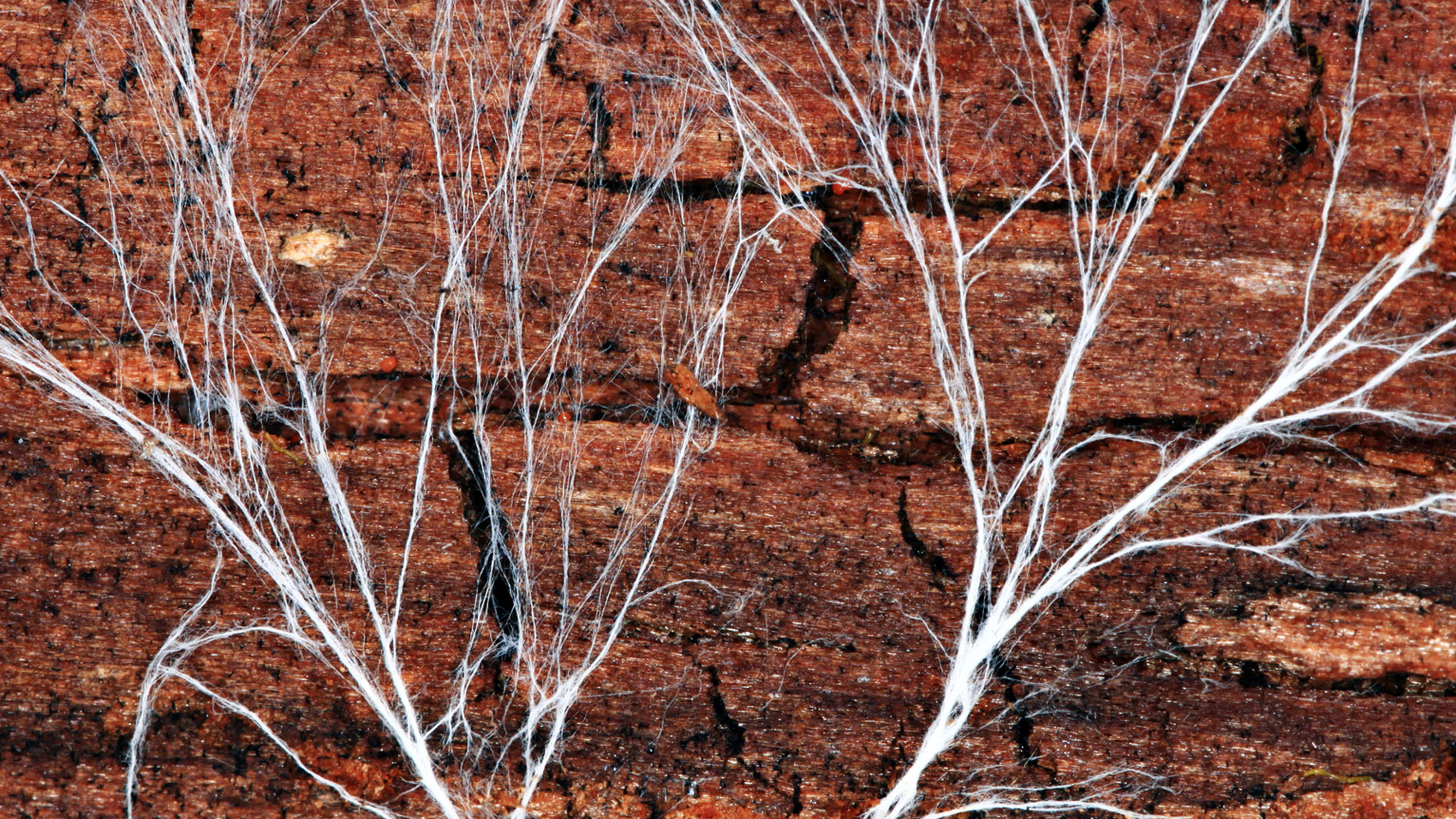Our plants, grasses and trees are all very efficient gardeners. But their work is happening deep below the soil’s surface.
While we busy ourselves with watering, feeding and pruning our gardens above ground, there are remarkably similar efforts happening deep underground.
Of course, in the cool, damp, darkness of the underground world there isn’t sufficient sunlight for chlorophyll-laden organisms to survive. So, rather than cultivating other plants they focus their efforts instead on fungi.
You’re probably thinking that fungus is bad for grass, beds and trees. Why would we want our plants secretly cultivating something that could potentially harm or kill them? Just like most things in life, not all fungi are created equal. In fact, some funguses are so integral to a plant’s health they can sometimes be the difference between thriving and simply surviving.
Just how does an underground fungus garden benefit a plant? It all comes down to a very special symbiotic relationship these two vastly different organisms have developed.
When most people think of fungus, we immediately picture impressive mushrooms erupting from the ground, but what we don’t realize is that mushrooms are only the fruiting bodies of the fungus. The actual organism, the mycelium or root-like structure, consists of long, filamentous structures known as hyphae and resides below ground where it branches through the soil forming a dense web of interconnected tissue.

It’s these subterranean hyphae that are so important to plants because they have the remarkable ability of colonizing the roots of plants and, in some cases, systemically infiltrating the actual tissue of the root. We call this symbiotic relationship mycorrhizal.
But why would mycorrhizal funguses want to infiltrate the roots of our plants and how does this benefit the plant? Through the process of photosynthesis, plants create an excess of organic molecules in the form of carbohydrates (such as sugars) that the plant subsequently stores in its roots for later use.
Our mycorrhizal funguses, unable to photosynthesize themselves, crave these carbohydrates and other nutrients and by colonizing the roots of plants can tap into a steady supply to feed themselves. In return for this sweet treat, the now systemically connected web of fungal hyphae act as an extension of the plant’s roots, bringing with them increased water and mineral uptake from the surrounding soil that the plant would be unable to manage on its own.
While there is still much to learn about mycorrhizal fungi and the symbiotic relationships they form with plants, there is increased evidence they provide much more than simple nutrient exchange. One example of this is it is believed they allow inter-plant communication between interconnected root systems, even so far as to warn neighboring plants of a potential pest or pathological threat.
It should be obvious now how important our mycorrhizal funguses are to the survival of our plants — and no surprise that our gardens put such effort into their own gardening.
You can help them out by avoiding chemical fertilizers and fungicides. In some cases, these cause mycorrhizal decline or even death. Instead, be proactive in reducing or eliminating the need for such harmful chemicals by taking an organic and holistic approach to fertilization and disease management.
Remember, healthy soils make healthy plants!




